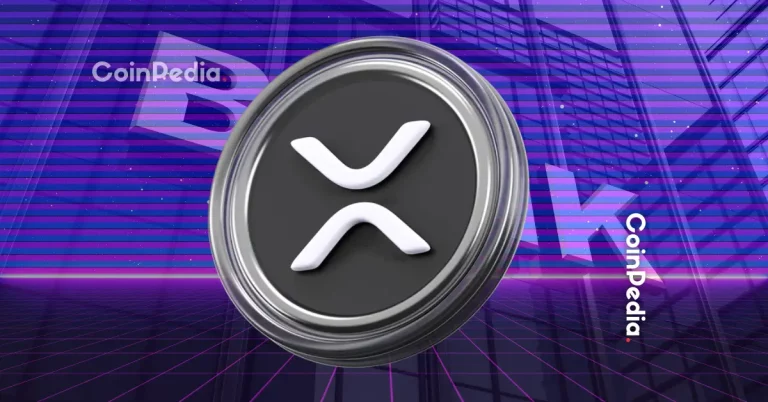
Smart Cities: Urban Trends for 2025
Smart Cities: Urban Trends for 2025 are revolutionizing the way we live, work, and interact with our surroundings. As we step into the new year, it’s essential to explore the latest developments and innovations that will shape our urban landscapes. In this article, we’ll delve into the world of smart cities, discussing the most significant trends, technologies, and sustainable practices that will define our cities in 2025.
Introduction to Smart Cities
Smart cities are urban areas that leverage technology, data, and innovative practices to create a more efficient, sustainable, and livable environment. The concept of smart cities has gained significant attention in recent years, as cities around the world strive to become more competitive, attractive, and environmentally friendly. By harnessing the power of technology, smart cities aim to improve the quality of life for citizens, enhance economic growth, and reduce their carbon footprint.
Key Trends in Smart Cities for 2025
As we look ahead to 2025, several key trends are expected to shape the smart city landscape. Some of the most significant trends include:
- Internet of Things (IoT) Integration: The IoT will play a vital role in smart cities, connecting devices, infrastructure, and services to create a more seamless and efficient urban experience.
- Artificial Intelligence (AI) and Machine Learning (ML): AI and ML will be instrumental in analyzing data, predicting patterns, and optimizing city operations, making them more responsive and adaptive to citizen needs.
- Sustainable Energy and Transportation: Smart cities will prioritize sustainable energy sources, such as solar and wind power, and promote eco-friendly transportation options, like electric vehicles and green infrastructure.
- Smart Governance and Citizen Engagement: Smart cities will focus on creating transparent, inclusive, and participatory governance models, leveraging digital platforms to engage citizens and foster community involvement.
Technologies Driving Smart City Innovation
Several technologies are driving innovation in smart cities, including:
- 5G Networks: 5G networks will provide the high-speed, low-latency connectivity needed to support IoT devices, smart sensors, and other smart city applications.
- Cloud Computing: Cloud computing will enable cities to store, process, and analyze large amounts of data, supporting smart city operations and decision-making.
- Blockchain: Blockchain technology will be used to secure data, ensure transparency, and facilitate trust in smart city transactions and interactions.
- Geospatial Technologies: Geospatial technologies, such as GIS and remote sensing, will help cities map, monitor, and manage their infrastructure, resources, and environment.
Case Studies and Best Practices
To illustrate the concept of smart cities, let’s look at some successful case studies and best practices from around the world:
- Barcelona, Spain: Barcelona has implemented a range of smart city initiatives, including smart parking, waste management, and energy-efficient street lighting.
- Singapore: Singapore has developed a comprehensive smart nation strategy, focusing on digital governance, transportation, and urban planning.
- Copenhagen, Denmark: Copenhagen has set ambitious targets to become carbon neutral by 2025, leveraging green technologies, sustainable energy, and eco-friendly transportation.
Conclusion
In conclusion, smart cities are poised to revolutionize the urban landscape in 2025, driven by innovative technologies, sustainable practices, and citizen-centric approaches. As cities continue to evolve and grow, it’s essential to prioritize smart city development, embracing the opportunities and challenges that come with it. By working together, we can create more livable, efficient, and sustainable cities for generations to come.




